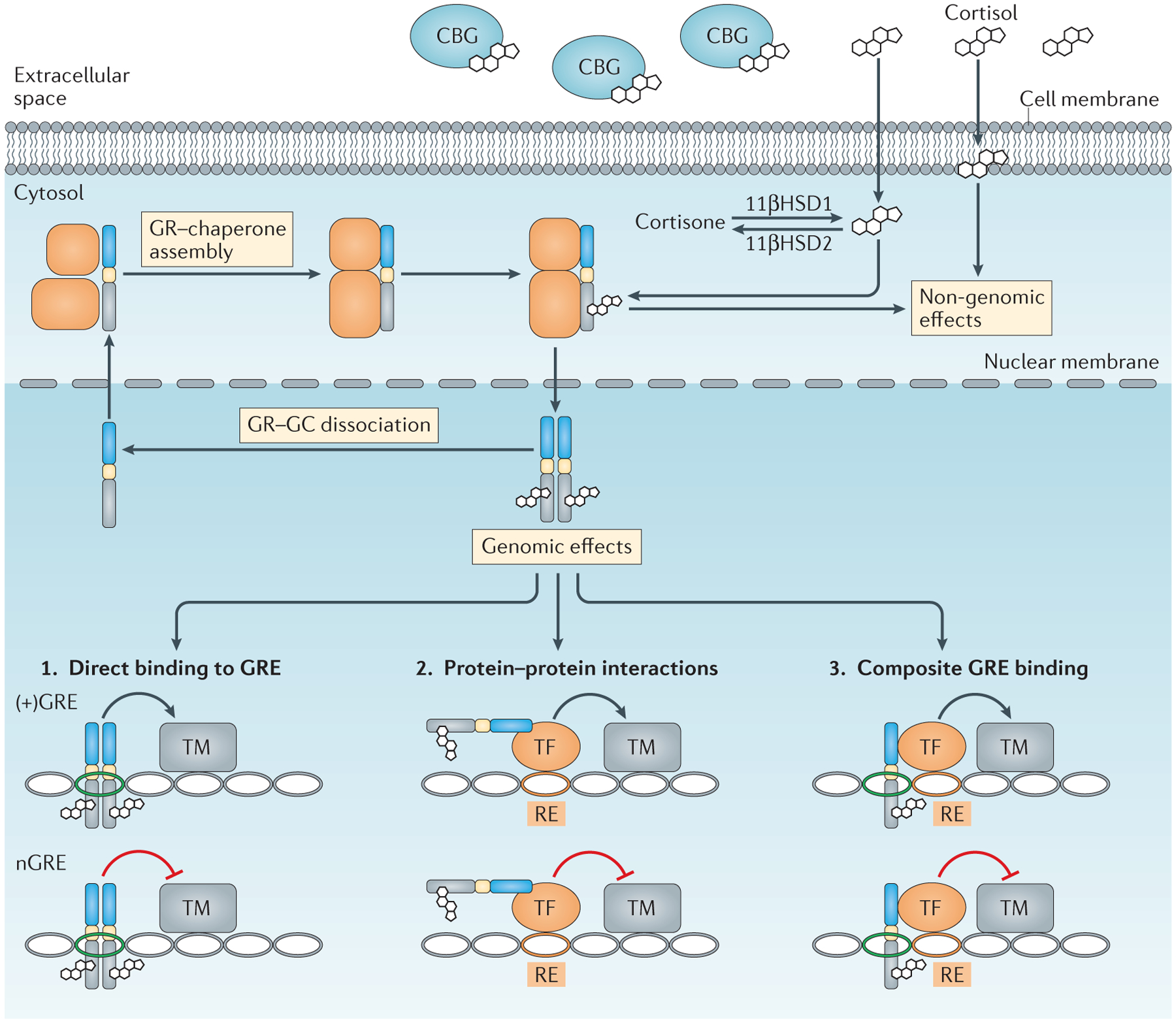Figure 2 |. Mechanisms of glucocorticoid activity.

In the extracellular space, most endogenous glucocorticoids (GCs) are inactive owing to binding with corticosteroid-binding globulin (CBG). Unbound cortisol is lipid soluble and diffuses through cell membranes. Cortisol that enters the cytoplasm can be converted into inactive cortisone through enzymatic modification by 11β-hydroxysteroid dehydrogenase 2 (11βHSD2), whereas 11βHSD1 favours the reverse reaction. Cortisol intercalation into plasma membranes can exert non-genomic effects. Cytoplasmic cortisol binds the GC receptor (GR) as part of a chaperone complex. The ligand-bound GR translocates to the nucleus to exert genomic effects, or has non-genomic effects in the cytoplasm and mitochondria. Within the nucleus, the liganded GR alters gene expression through three basic mechanisms: direct binding to GC response elements (+GREs) or negative GREs (nGREs); protein–protein interactions with other transcription factors (TFs) that affect their transcriptional activity; and composite binding to DNA and protein substrates. Notably, positive and negative gene regulation is possible for each of these mechanisms. RE, response element; TM, transcriptional machinery.
